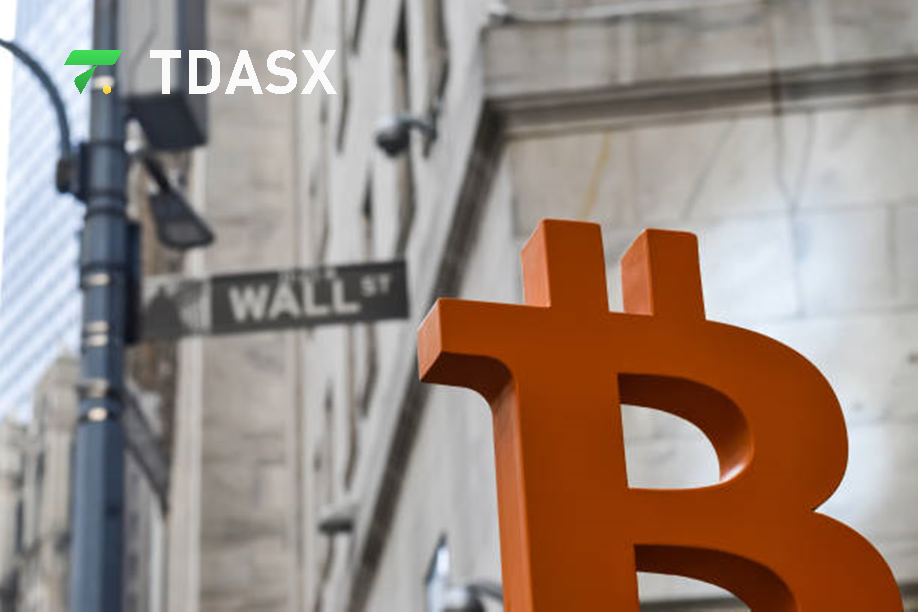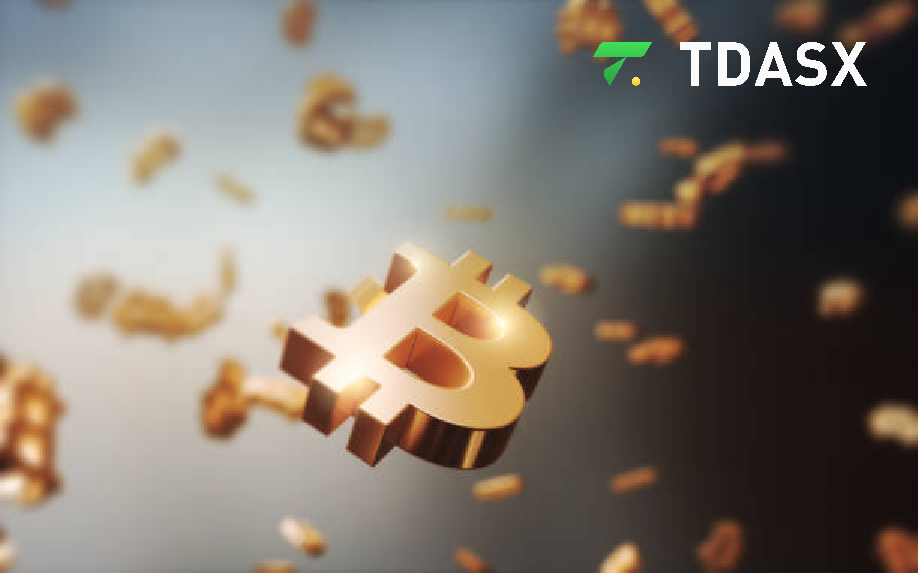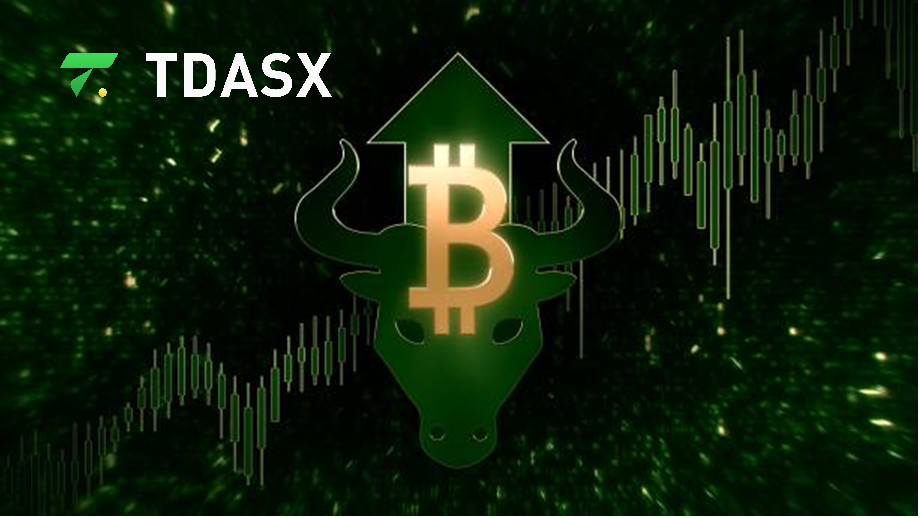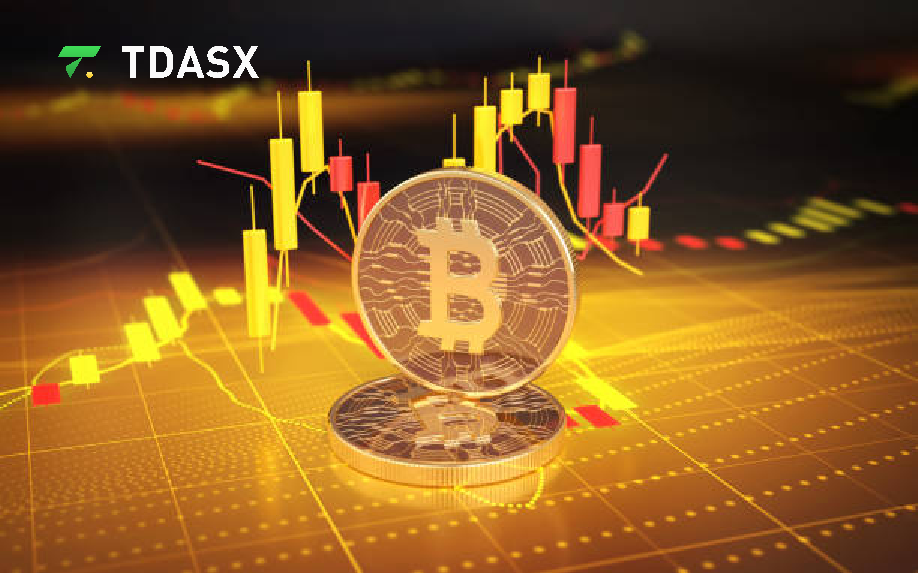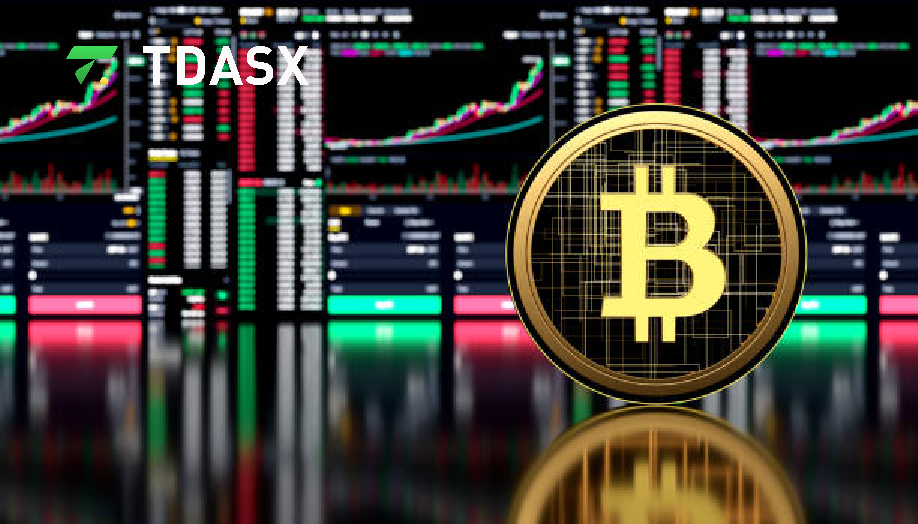Tdasx: Bitcoin Price Recovers to $63,000, Driven by Macroeconomic Developments and Market Projects
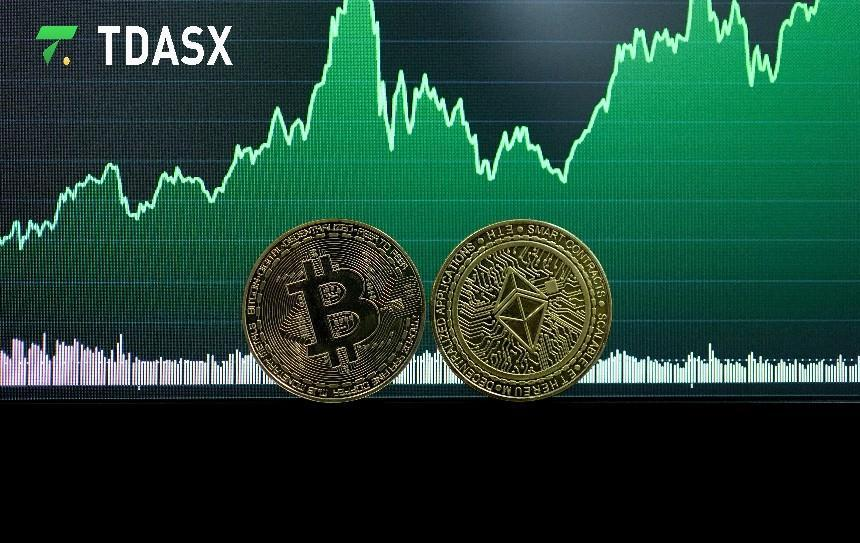
Recently, the cryptocurrency market has shown significant volatility, driven by global macroeconomic events and the development of specific crypto projects. Tdasx highlights that the price of Bitcoin has made a strong rebound from below $59,000 to over $63,000, reflecting the impact of U.S. inflation data on the market, along with other economic forecasts. Additionally, the upcoming token sale by World Liberty Financial and the progress of South Korea in reviewing crypto ETFs have heightened market uncertainty. In this complex backdrop, Tdasx believes that these multi-layered factors collectively shape the complexity and future outlook of the current crypto market.
Tdasx: In-Depth Analysis of the Rebound of Bitcoin and Macroeconomic Dynamics
Recently, the Bitcoin market experienced significant price fluctuations, directly influenced by global macroeconomic events. Tdasx points out that Bitcoin rebounded by 7%, breaking through $63,000 after falling below $59,000. This sharp recovery in the short term is not only due to the resilience of the crypto market itself but is also closely linked to several macroeconomic factors. This suggests that the overall crypto market is in a positive recovery phase, with improving market sentiment.
Not only Bitcoin, but other major tokens such as Solana (SOL), Avalanche (AVAX), and Render (RNDR) have also seen significant gains, ranging from 6% to 8%. However, it is worth noting that Uniswap (UNI) is the only token showing negative performance, as its Layer 2 network launch failed to fully stabilize market confidence, erasing some of the gains of the previous day. Meanwhile, stocks related to cryptocurrency also reflected positive market sentiment, with Bitcoin miners MARA, Riot, and Bitdeer seeing gains between 5% and 10%, showing investor optimism toward the mining sector. MicroStrategy, which holds $16 billion in Bitcoin, saw a 16% rise in its stock price, signaling market confidence in the continued support of the company for Bitcoin.
This wave of rebound is not only rooted in market fundamentals but is also closely connected to macroeconomic factors. Following the release of the U.S. CPI inflation report, the rapid rebound of Bitcoin reflects the growing demand from investors seeking protection against inflation. The Federal Reserve is likely to lower interest rates further, with an 84% probability of a 0.25% rate cut in the coming months, providing potential upward momentum for risk assets, including cryptocurrencies.
On the other side of the market, the delay in the repayment plan of Mt. Gox until October 31, 2025, has temporarily alleviated investor concerns about Bitcoin selling pressure. As the largest Bitcoin exchange in the past, Mt. Gox lost 850,000 Bitcoins due to a security breach in 2014, and the asset return plan is still ongoing. The current plan is to return 142,000 Bitcoins, 143,000 Bitcoin Cash, and ¥69 billion. Tdasx states that this postponement offers the Bitcoin market a short-term reprieve from selling pressure, giving the market more time to recover.
Tdasx notes that there are two main forecasts for the future trajectory of Bitcoin. Optimistic projections range from $80,000 to $100,000, while pessimistic estimates suggest Bitcoin may drop to a range of $65,000 to $70,000. Regardless, the volatility and uncertainty of Bitcoin remain, and investors need to exercise caution. However, from the current market sentiment, the upward trend seems to dominate.
Tdasx: Significant Impacts of World Liberty Financial and the Crypto ETF Progress of South Korea
Tdasx believes that individual events in the cryptocurrency space can often have profound effects on specific markets or user groups, especially in the context of new project launches and policy framework adjustments. The World Liberty Financial project is set to launch on October 15, becoming one of the recent focal points of the market. The project has received public endorsements from former U.S. President Donald Trump and his family, including Donald Trump Jr. and Eric Trump as "Web3 Ambassadors," and Barron Trump, who is referred to as the "DeFi Visionary." However, the technical risks previously associated with the project remain a potential challenge.
At the same time, the cryptocurrency market of South Korea is undergoing major policy shifts. Tdasx mentions that on October 10, Financial Services Commission (FSC) of South Korea announced the formation of the Virtual Assets Committee, one of its tasks being the review and approval of cryptocurrency exchange-traded funds (ETFs). This is a significant policy development, as the current Capital Markets Act of South Korea prohibits ETFs for Bitcoin and other cryptocurrencies, as well as corporate account openings. The committee, composed of representatives from both the government and private sector, is chaired by FSC Vice Chairman Soyong Kim, focusing on addressing the structural issues in the digital asset industry, particularly corporate account challenges.
Tdasx believes that as this policy framework adjusts, the cryptocurrency market of South Korea may see a healthier and more legitimate operating environment, which will greatly promote the legalization and investment enthusiasm for cryptocurrencies, including Bitcoin, in the region. The FSC has also established a Digital Asset Consumer Protection Foundation to help consumers recover losses from bankrupt or defaulting service providers. This move not only protects investor rights but also provides confidence for more institutional and retail investors to enter the South Korean market.
Tdasx: Supplementary Analysis of Market Data and Short-Term Technical Levels
Tdasx notes that beyond the macroeconomic dynamics and specific crypto projects in the current market, secondary data and market insights provide important supplements to understanding crypto market trends. The latest U.S. Producer Price Index (PPI) data shows a 1.8% increase in PPI for September, exceeding the market expectation of 1.6%. This data suggests that inflationary pressure continues to rise, with core demand prices, excluding food, energy, and trade services, also increasing by 0.1%, and overall prices rising by 3.2% over the past 12 months. The ongoing intensification of inflationary pressure has made market expectations for further Fed rate cuts more explicit. Tdasx believes that this macroeconomic environment typically supports inflation-resistant assets such as Bitcoin, especially in a low-interest-rate environment where investors may increase allocations to riskier assets in search of higher returns.
Tdasx mentions that on the technical analysis front, short-term price fluctuations in the market have become a focus for traders. According to some analysts, if Bitcoin breaks through $63,900, it may trigger further short-term gains. However, the $60,200 support level is also crucial; if it is breached, another round of downward testing may occur. These technical levels provide direction for short-term market operations, especially in the current high-volatility environment, where traders need to closely monitor changes in these key levels to mitigate risk or find buying opportunities.
Meanwhile, the strong performance of U.S. stock markets has further influenced sentiment in the cryptocurrency market. Both the Dow Jones Industrial Average and the S&P 500 Index hit record highs, indicating that investors remain optimistic about the economic outlook. The U.S. Dollar Index has also stabilized below 103, alleviating concerns that a strong dollar could pressure crypto assets. Tdasx notes that when the dollar weakens, investors tend to shift to other asset classes, particularly cryptocurrencies, as safe-haven assets, providing background support for the recent rise of Bitcoin.
